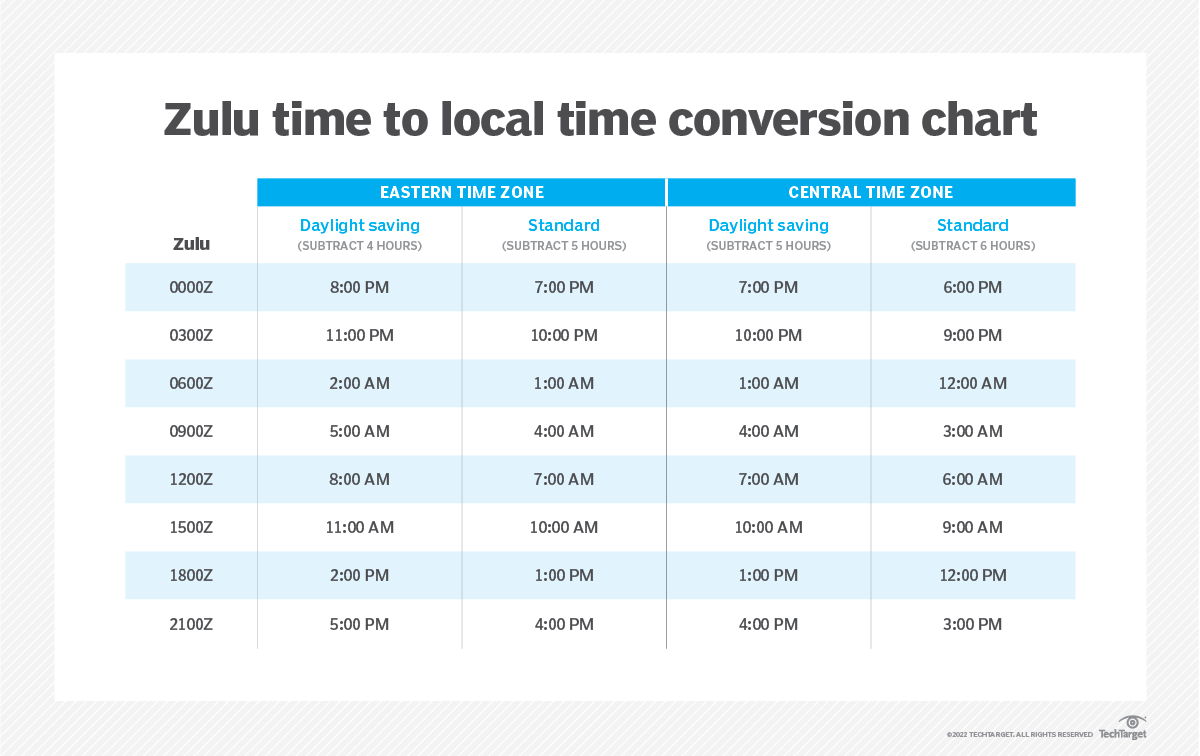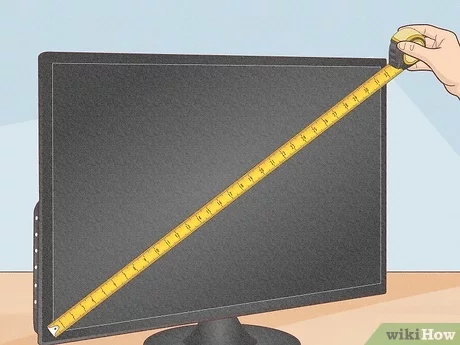How to Calculate Zulu Time: Your Complete Guide to Universal Coordinated Time
Ever wondered how pilots, military personnel, and international businesses keep track of time across the globe? The answer lies in Zulu time – a standardized time system that eliminates confusion when coordinating activities across multiple time zones. Whether you’re planning a global conference call or trying to understand flight schedules, mastering how to calculate Zulu time is an essential skill in our interconnected world.
What is Zulu Time?
Zulu time, also known as Coordinated Universal Time (UTC) or Greenwich Mean Time (GMT), is the primary time standard by which the world regulates clocks and time. The term “Zulu” comes from the NATO phonetic alphabet, where “Z” is represented by “Zulu.” This time zone serves as the baseline from which all other time zones are calculated, making it the universal reference point for global timekeeping.
Unlike local time zones that shift with daylight saving time or regional preferences, Zulu time remains constant year-round. This consistency makes it invaluable for aviation, military operations, scientific research, and international business communications where precision and clarity are paramount.
Why Use Zulu Time?
The beauty of Zulu time lies in its simplicity and universality. When someone says “the meeting starts at 1400 Zulu,” everyone around the world knows exactly when that is, regardless of their local time zone. This eliminates the confusion that often arises from statements like “3 PM Eastern time” – which could mean either EST or EDT depending on the season.
Industries that rely heavily on precise timing have adopted Zulu time as their standard:
- Aviation: Flight plans, air traffic control communications, and weather reports
- Military: Coordinating operations across multiple theaters
- Maritime: Navigation and international shipping schedules
- Science: Research data timestamps and global observations
- Technology: Server logs, database timestamps, and system synchronization
How to Calculate Zulu Time: The Fundamentals
Calculating Zulu time involves understanding the relationship between your local time zone and UTC. The process is straightforward once you grasp the basic principle: Zulu time is always the time at the Prime Meridian (0° longitude) in Greenwich, England.
The Basic Formula
To convert your local time to Zulu time, you need to know your time zone’s offset from UTC:
Zulu Time = Local Time + UTC Offset
For example:
- If you’re in New York (UTC-5 during standard time), and it’s 3:00 PM local time
- Zulu time = 3:00 PM + 5 hours = 8:00 PM (or 2000 in 24-hour format)
Understanding UTC Offsets
Every time zone has a specific offset from UTC, expressed as either positive or negative hours:
Western Hemisphere (Behind UTC):
- Pacific Standard Time: UTC-8
- Mountain Standard Time: UTC-7
- Central Standard Time: UTC-6
- Eastern Standard Time: UTC-5
Eastern Hemisphere (Ahead of UTC):
- Central European Time: UTC+1
- Moscow Time: UTC+3
- Japan Standard Time: UTC+9
- Australian Eastern Standard Time: UTC+10
Remember that daylight saving time affects these offsets. During daylight saving periods, most zones shift by one hour closer to UTC.
Current Zulu Time: Finding the Time in Zulu Right Now
To find the current Zulu time, you have several reliable options:
Online Zulu Time Resources
Many websites provide real-time Zulu time displays, often called a “Zulu clock.” These tools are particularly useful for professionals who need constant access to UTC time.
Built-in Device Options
Most modern devices can display multiple time zones simultaneously:
- Smartphones: Add a UTC clock widget to your home screen
- Computers: Set your system to show multiple time zones
- Smartwatches: Configure additional time zone displays
Professional Tools
For those requiring extreme precision, atomic clocks and GPS-synchronized devices provide the most accurate Zulu time now readings available.
Zulu Time Converter: Making the Conversion Easy
A Zulu time converter simplifies the calculation process, especially when dealing with multiple time zones or planning future events. Here’s how to use conversion tools effectively:
Manual Conversion Steps
- Identify your current local time
- Determine your UTC offset (considering daylight saving time if applicable)
- Apply the offset: Add hours if you’re west of Greenwich, subtract if you’re east
- Adjust for date changes if necessary
Digital Conversion Tools
Modern Zulu time converters offer features like:
- Real-time conversion between multiple zones
- Daylight saving time automatic adjustments
- Historical time zone data for past events
- Future event planning with automatic DST transitions
Practical Applications: When You’ll Need Zulu Time
Understanding how to calculate Zulu time becomes crucial in various real-world scenarios:
International Business
When scheduling meetings across continents, using Zulu time eliminates ambiguity. Instead of trying to coordinate “Tuesday at 2 PM your time,” you can specify “Tuesday at 1800 Zulu” for crystal-clear communication.
Travel Planning
Flight schedules often use local departure and arrival times, but understanding the Zulu time equivalent helps when calculating flight durations and connection times, especially for complex multi-stop journeys.
Emergency Coordination
During international emergencies or disasters, relief organizations coordinate using Zulu time to ensure all parties are synchronized, regardless of their geographic location.
Common Mistakes to Avoid
Even experienced professionals sometimes make errors when calculating Zulu time:
Daylight Saving Time Confusion
The most frequent mistake involves forgetting to account for daylight saving time changes. Always verify whether your local time zone is currently observing standard or daylight time.
Date Line Considerations
When converting times that cross midnight, pay careful attention to date changes. A 11 PM local time might convert to the next day in Zulu time.
Military vs. Civilian Notation
Military organizations typically use 24-hour format (1800 Zulu), while civilian applications might use 12-hour format (6:00 PM Zulu). Ensure you’re using the appropriate format for your context.
Advanced Zulu Time Calculations
For professionals requiring more sophisticated timing calculations:
Leap Seconds
Occasionally, leap seconds are added to UTC to account for variations in Earth’s rotation. These adjustments happen rarely but can affect precision timing applications.
Time Zone Database Updates
Political decisions can change time zone boundaries and rules. Stay updated with the latest time zone database information, especially when working with automated systems.
Fractional Time Zones
Some regions use offsets that aren’t whole hours (like UTC+5:30 for India). Factor these fractional offsets into your calculations when working with these locations.
Tools and Resources for Zulu Time Management
Professional Software
- Flight planning software with integrated UTC displays
- Project management tools with multi-zone scheduling
- Communication platforms with automatic time conversion
Mobile Applications
- World clock apps with customizable Zulu time displays
- Aviation apps with weather and timing data in UTC
- Business scheduling apps with automatic zone conversion
Hardware Solutions
- Dual-time zone watches with UTC display
- Wall clocks showing multiple time zones
- Radio-controlled clocks synchronized to atomic time
Conclusion: Mastering Zulu Time for Global Success
Learning how to calculate Zulu time opens doors to more effective global communication and coordination. Whether you’re a business professional scheduling international calls, a traveler planning complex itineraries, or simply someone who wants to better understand global timekeeping, mastering Zulu time calculations is a valuable skill.
The key to success lies in understanding the fundamental principle: Zulu time is the constant, universal reference point from which all other times are measured. Once you grasp this concept and practice the conversion calculations, you’ll find that coordinating across time zones becomes significantly more straightforward.
Remember that in our increasingly connected world, the ability to think in Zulu time terms sets you apart as someone who truly understands global operations. Start incorporating these concepts into your daily routine, and you’ll soon find that international coordination becomes second nature.
By keeping these principles and tools at your disposal, you’ll never again struggle with the question of “what time is it in Zulu?” Instead, you’ll confidently navigate the complexities of global timekeeping with the precision and clarity that Zulu time provides.







